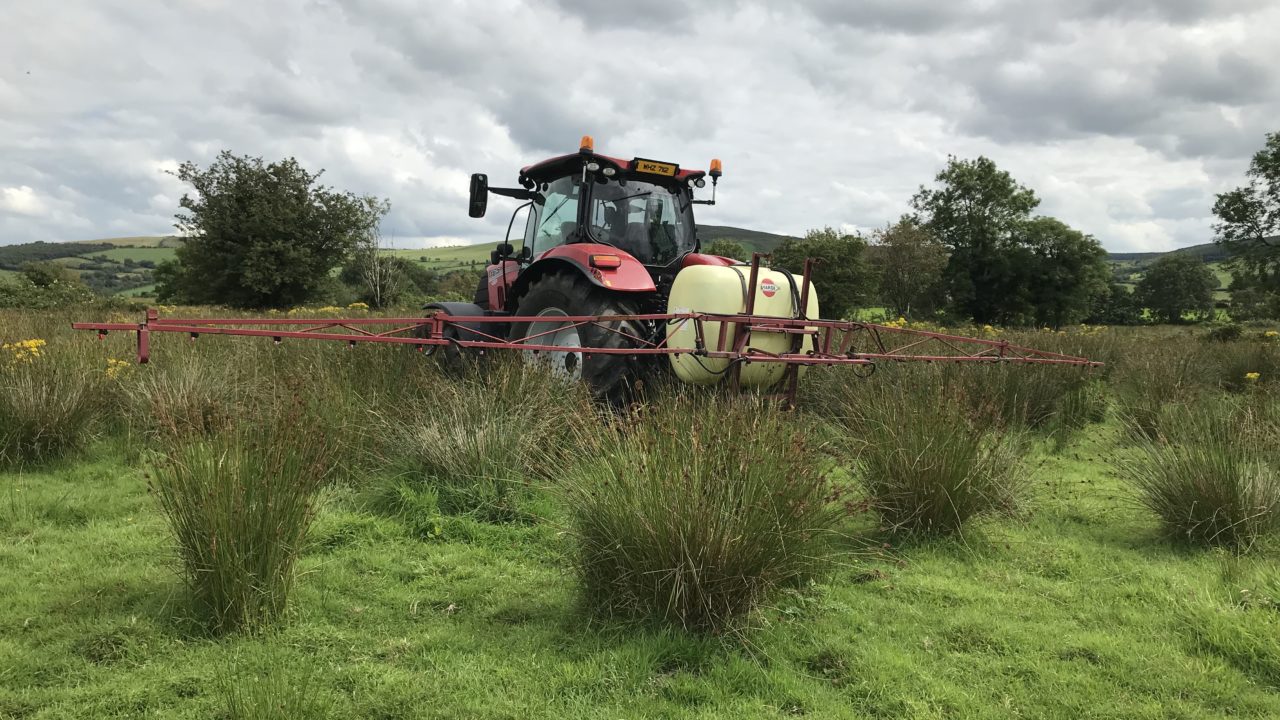It is around this time in the season, when weeds are young and actively growing, that they are at the most manageable stage – making weed control, a lot easier.
This is particularly in relation to docks, because they are at the rosette stage – when they are easiest to kill.
The same goes for thistles; they should be sprayed now, before they begin to develop stolons, branch out and cover the grass – killing what is underneath it.
If left too long, weeds will become much more difficult to manage and mitigate from the sward.
Top tips for spraying:
- Ensure the chosen product is suited to the weed you are trying to kill;
- Always read the label and adhere to the buffer zone and rate specified;
- Keep a record of product(s) used;
- Don’t spray in windy or wet conditions;
- Avoid spraying when frost is expected;
- Wear suitable personal protective clothing;
- Wash all spraying equipment after use;
- Ensure the recommended time between spraying and grazing, or cutting for silage, is adhered to.
Reseeds
We should be working towards avoiding the use of pesticides by focusing on soil fertility, as it underpins grassland performance as well as reseeding establishment.
Having a strong reseed established has a greater power to avoid pest issues, as well as the power to suppress weeds, which reduces the requirement of chemical usage in the lifetime of the sward.
Weed control
The products used to target weeds aren’t cheap and there is nothing worse than spraying and having poor control.
To eliminate the chances of this happening, make sure to read the label carefully and apply at the correct rate.
Unless there is a real need to, spraying the entire field should be avoided. Most weeds can be controlled through spot spraying in the field and under fences.
A high amount of weeds in a sward can impact a sward’s production capacity, as the weeds take up space in the field and compete with the grass for space and nutrients.
